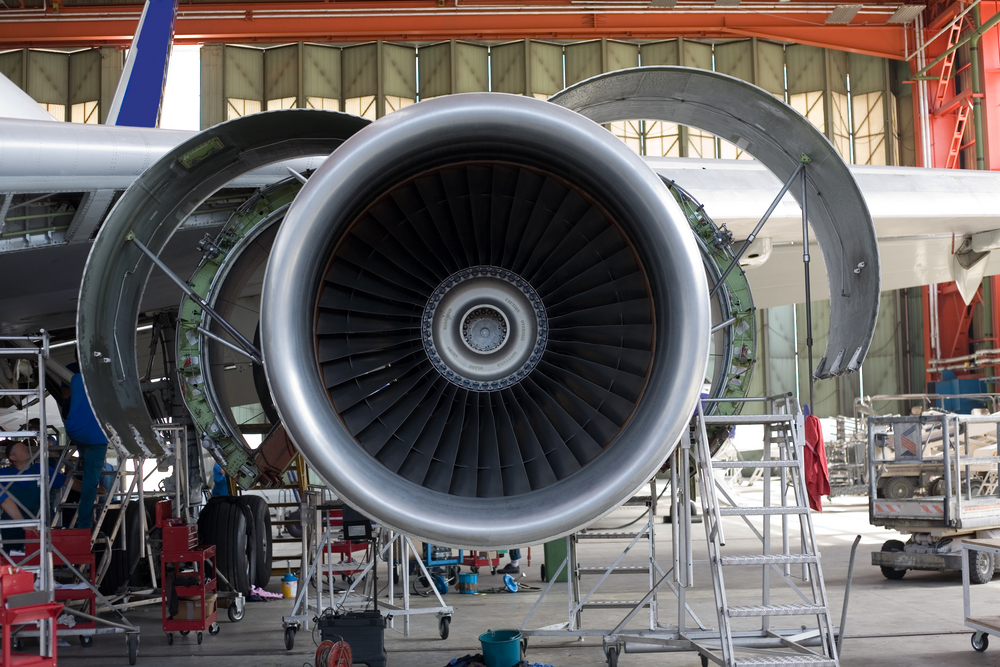Magnetic Clamping in the Aerospace and Automotive Industries

Magnetic clamping has revolutionized workholding methods in both aerospace and automotive industries. This technology uses magnetic force to securely hold ferrous materials during machining, grinding, or assembly processes. Unlike traditional mechanical clamps, magnetic clamps offer quick setup, full workpiece access, and consistent holding power, which are critical for the high-precision requirements of aerospace and automotive parts manufacturing.
Aerospace Industry Applications
In aerospace manufacturing, components often feature complex geometries and are made from expensive materials that require precision machining. Magnetic clamping systems allow for five-sided machining in a single setup, reducing handling time and minimizing the risk of part distortion. This capability is particularly beneficial for producing intricate parts such as turbine blades, structural components, and landing gear parts, where dimensional accuracy and surface finish are critical.
Automotive Industry Applications
The automotive industry benefits from magnetic clamping in several ways. For high-volume production lines, magnetic clamps significantly reduce setup times, thereby increasing throughput. They provide a secure hold for components ranging from small gearbox parts to large body panels, facilitating operations like stamping, machining, and welding. Clamping also enhances flexibility, allowing for quick changes between different part designs and sizes, which is essential in an industry that constantly adapts to new models and designs.
Advantages of Magnetic Clamping
- Reduced Setup Time: Magnetic clamps can be activated and deactivated within seconds, dramatically reducing setup times compared to traditional clamping methods.
- Improved Access to Workpiece: With magnetic clamping, there are no physical clamps in the way, providing complete access to the workpiece. This accessibility is invaluable for complex machining operations, allowing for uninterrupted tool paths and better surface finishes.
- Consistent Force: Magnetic clamps provide uniform force distribution across the contact surface, reducing vibration and the chance of part deformation. This uniformity is crucial for maintaining the tight tolerances required in aerospace and automotive components.
- Flexibility and Versatility: Magnetic clamping systems can accommodate a wide range of part sizes and shapes, making them versatile tools in production environments that handle diverse product lines.
- Energy Efficiency: Electro-permanent magnetic systems consume power only when activating or deactivating the magnetic field, making them energy-efficient options for sustainable manufacturing practices.
Conclusion
Magnetic clamping has become an indispensable technology in the aerospace and automotive industries, driven by its ability to enhance precision, efficiency, and flexibility in manufacturing processes. As these industries continue to evolve, with increasing demands for higher quality, faster production rates, and greater material efficiency, the role of magnetic clamping is set to expand further. Its advantages over traditional clamping methods underscore a broader trend towards adopting innovative solutions that meet the complex challenges of modern manufacturing.
Contact Brisc Magnet today for top-tier magnetic workholding solutions that elevate your manufacturing precision and efficiency.


